 The lunar calendar for 2018 will tell you where to start the path to getting an abundant crop of zucchini this season. The vegetable itself is unpretentious, crop failures rarely occur, but if you choose a suitable day for sowing, it will delight gardeners with its fertility even more.
The lunar calendar for 2018 will tell you where to start the path to getting an abundant crop of zucchini this season. The vegetable itself is unpretentious, crop failures rarely occur, but if you choose a suitable day for sowing, it will delight gardeners with its fertility even more.
Content
The effect of the moon on productivity
Every year, favorable planting dates are different, shifted to other days. The lunar calendar is the result of observing the phases of the moon. It has long been noted that crops made in accordance with the lunar cycles give greater productivity.
The Earth satellite has a very large influence on all processes, including the growth and vegetation of cultivated plants. All vegetables bearing fruit above the surface of the soil are usually planted on the arriving moon. Zucchini refers to just such.
Lunar calendar 2018 for sowing zucchini for seedlings
Gardeners should take into account their climatic conditions and begin sowing zucchini on the following favorable dates:
- February 2018 - 21, 22, 24-26.
- March 2018 - 20, 21, 24-26.
- April 2018 - 2-4, 18, 21, 22, 27, 28.
- May 2018 - 4-6, 9-11, 18, 19, 24-27.
- June 2018 - 1-3, 5-8, 22-25.
The same numbers are suitable for landing in the ground. That is, if the seeds were sown on favorable days of April, then the finished seedlings are transplanted to the garden on the days of May corresponding to the calendar.
Adverse days (they categorically do not recommend sowing and other manipulations with plantings):
- February 2018 - 1, 15-17.
- March 2018 - 1-3, 16-18, 30, 31.
- April 2018 - 1, 15-17, 29-30.
- May 2018 - 12-14, 28-30.
- June 2018 - 12-14, 27-29.
- July 2018 - 12-14, 27-29.
- August 2018 - 10-12, 25-27.
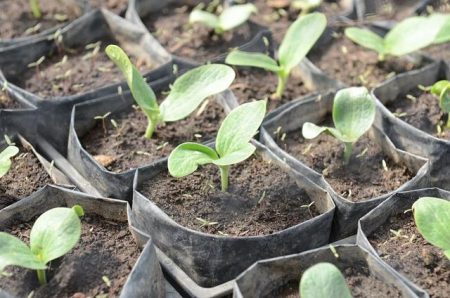
Sowing dates of zucchini depending on climate and region
Zucchini seedlings can be prepared for planting about 15-30 days after hatching, depending on the precocity of the variety. Accordingly, the gardener calculates where (under temporary shelter or open ground) and when will plant the plants in a timely manner.
February crops are designed only for planting in heated greenhouses in warm climatic conditions. The seedlings sown in March will already go under the usual film and even under the open sky, depending on the weather.
The middle lane, the Moscow Region and the Leningrad Region should anticipate a landing by the end of April or early May. Frost during this period is very likely, so covering material is still provided.
Siberia and similar climate regions can count on the complete absence of frost only by the end of the first decade of June.
Zucchini - varieties and ripening dates
The taste and size of the fruits of this popular vegetable are very different. And also there are different colors (yellow, white, green) and their shades. Hybrid varieties are very popular - they are usually tastier and their vitamin and mineral composition is more saturated. Conventional varieties, but more cold-resistant and suitable for long-term storage.
Like many vegetables, zucchini are divided by maturity (which is also taken into account when sowing), but the difference in the onset of fruiting varieties is not so great.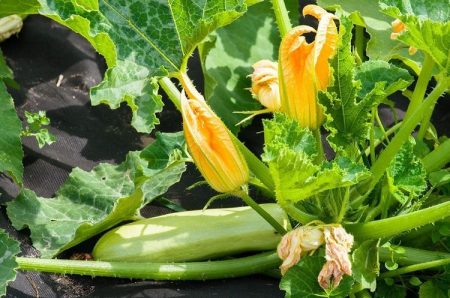
- Early ripe varieties begin to bear fruit in 35-55 days from germination.
- Mid-season grades - 55-70 days.
- Late-ripening varieties - from 70 and more.
Seedlings of zucchini are photophilous and quickly thin out, stretch, so if there is not enough sun, additional lighting must be installed.
Sowing zucchini for seedlings
Growing zucchini in seedlings will allow you to get an early harvest. For starters, they are processed in potassium permanganate and germinated seeds - this will significantly reduce the period of their germination.
The root system of the vegetable marrow is extremely delicate and fragile, violation of the earthen coma can lead to death or severe growth retardation. Therefore, the best option is peat pots, but any jars or glasses will also go out from which it will be easy to remove the plant. The size of the containers 10/10 cm will be the most suitable.
The components must be contained in the soil mixture: humus (2 parts), sand (1 part), peat (1 part), a little ash. The finished mixture from the store already contains everything you need.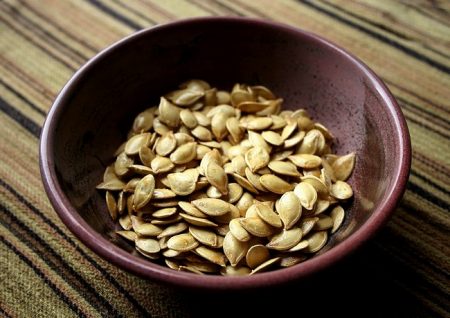
Sprouted (or dry) seeds are neatly, finely or flat, placed in the ground, sprinkled on top by about 3 cm. From non-sprouted seeds, seedlings can appear in a week, from sprouted a few days earlier. The temperature for this is 18-24 degrees.
Zucchini seedling care
Care consists in timely watering (non-cold water!), The first top dressing (a week or two after germination). The temperature for growing is best 15-22 degrees.
Before planting, seedlings are effectively hardened - taken out for a day outside, carefully accustoming to direct sunlight and lower temperatures. At night it should be brought back to the house.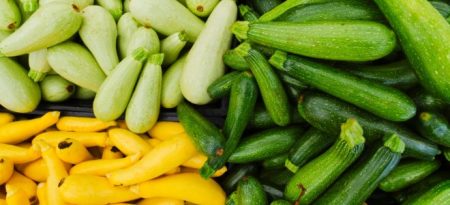
Planting is carried out at a distance of at least 70 cm between the bush plants, and if the variety is climbing, then up to a meter. By this moment, 2-3 true leaves should appear in the plants.
Sowing zucchini is recommended at intervals of 2 weeks. The fruiting period in many varieties is not long, and the fruits are the best very young in terms of taste.

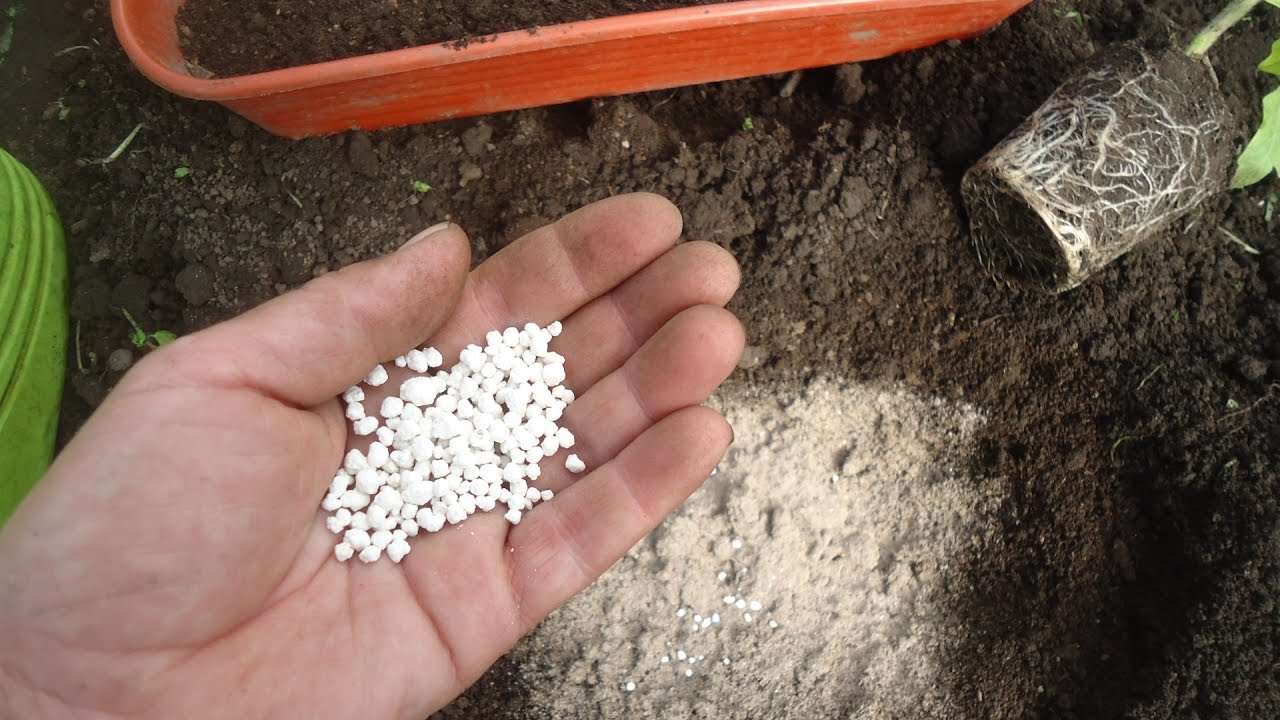
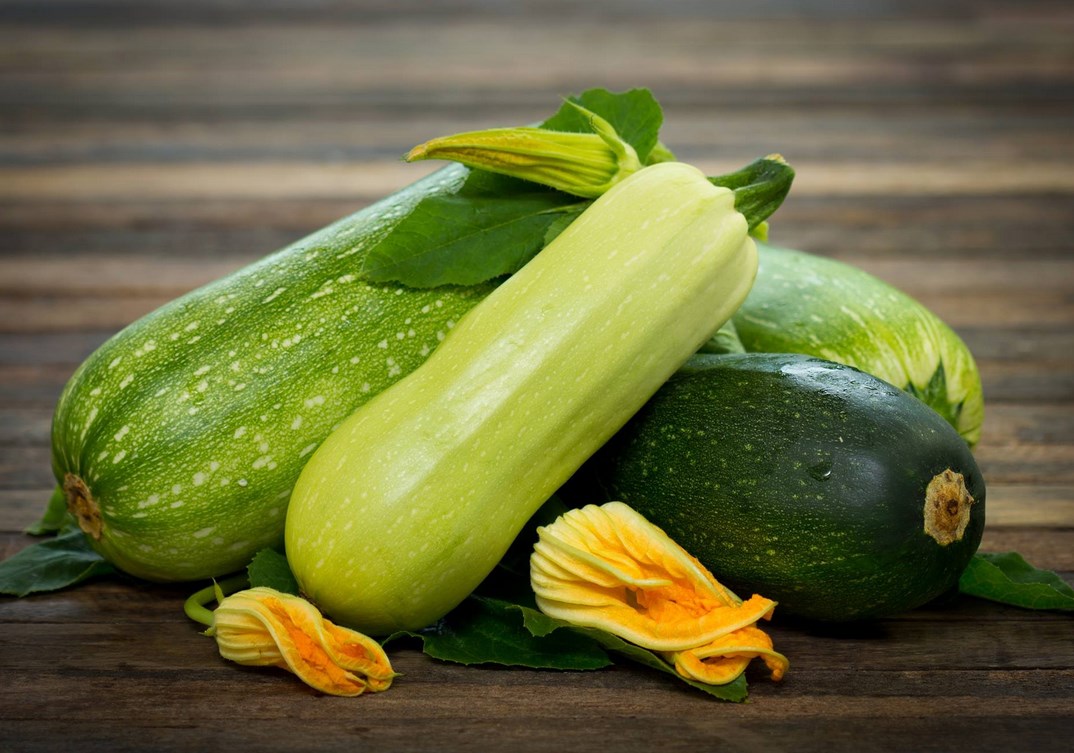
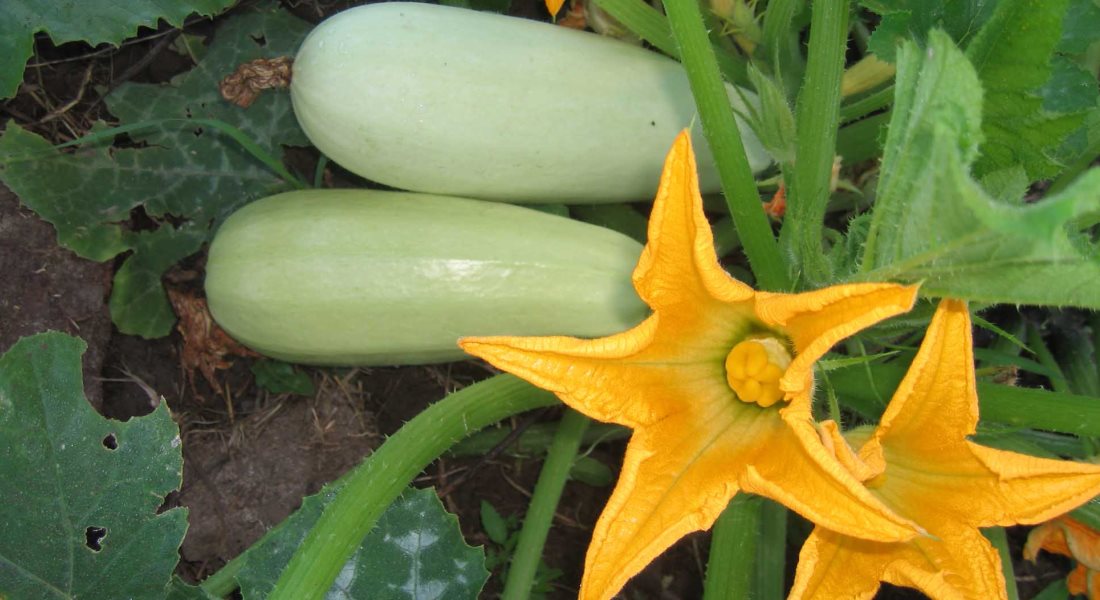
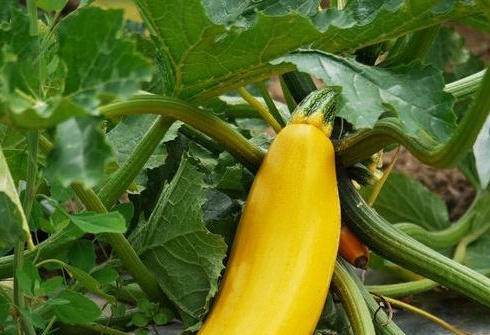 Favorable days for planting zucchini in 2024
Favorable days for planting zucchini in 2024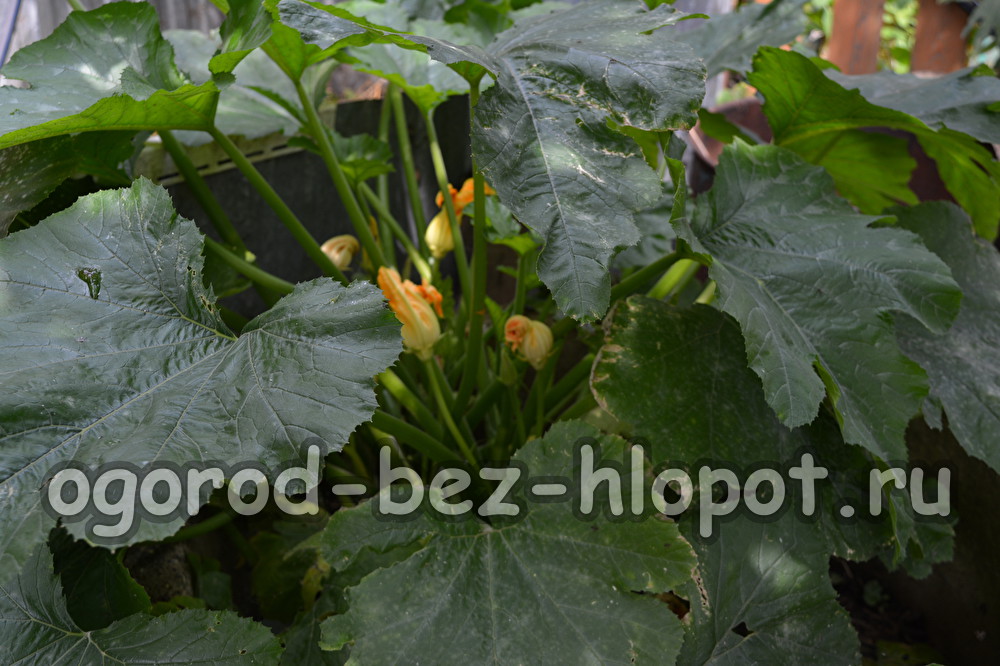 What are the courgettes grown on a warm bed
What are the courgettes grown on a warm bed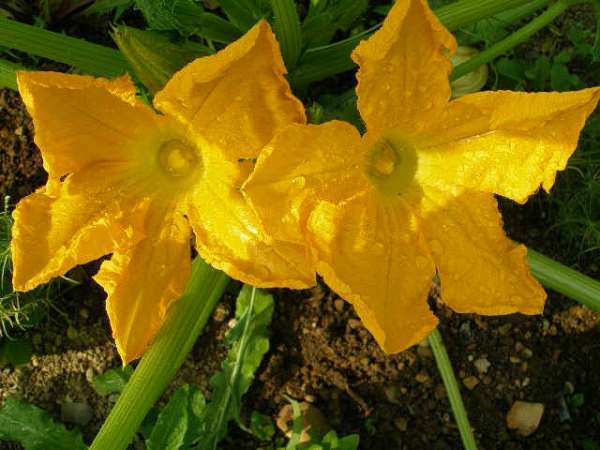 Zucchini only has male flowers, why? What to do
Zucchini only has male flowers, why? What to do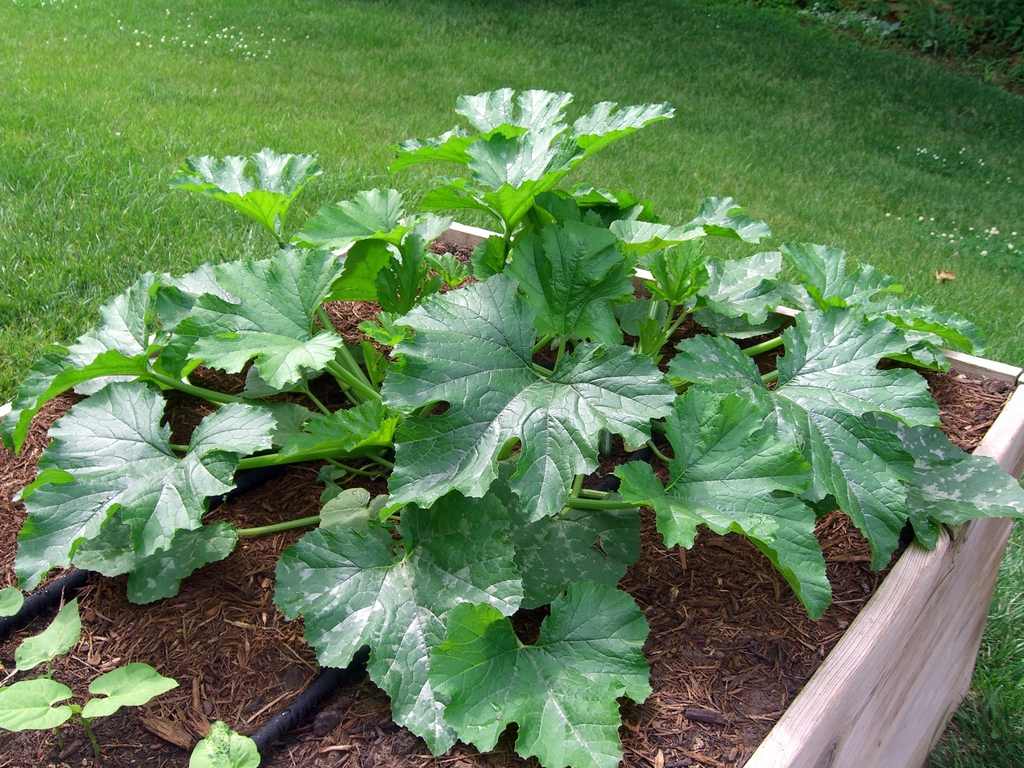 Zucchini grows, but there is no fruit - why?
Zucchini grows, but there is no fruit - why?